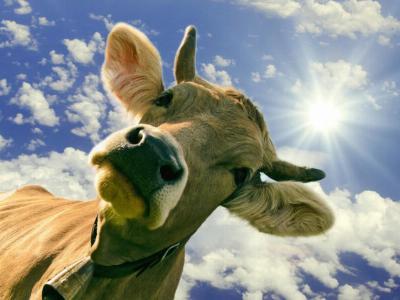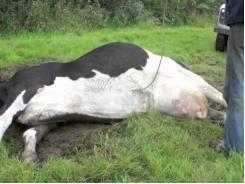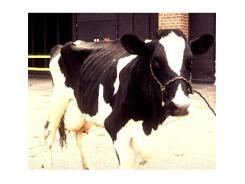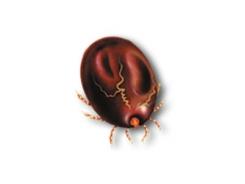Cow Health: Heat stress

Heat stress occurs when a dairy cow's heat load is greater than her capacity to lose heat, and is sometimes referred to as hyperthermia. Although effects of heat stress are more severe in hot climates such as in parts of America and Australia, dairy cows in areas of New Zealand are affected by heat stress during summer.
Causes of heat stress
- The most important factors affecting heat stress are air temperature, humidity, solar radiation and air movement.
- When air temperature is greater than about 23ºC and relative humidity is greater than 80%, cows begin to experience heat-induced depression of feed intake, and lower productivity.
- High relative humidity decreases evaporation and reduces the cow's ability to lose heat by sweating and breathing.
- Cows radiate heat during the night to the cooler surroundings, so high temperature, humidity and cloud cover at night can also reduce cooling.
Symptoms
To cope with a hot environment cows use a variety of strategies including:
- Increased breathing rate
- Increased water intake
- Increased sweating
- Decreased feed intake
- Decreased milk production
- Change in milk composition, e.g. fat % and protein % declines
- Change in blood hormone concentration, e.g. increased prolactin
- Changed behaviour:
- Seek shade
- Crowd together
- Refusal to lie down
- Change orientation to sun
- Stand in water
- Stand next to water trough.
What can you do?
Minimum protective measures can be viewed as a form of insurance against possible milk. production losses. These include:
Water
Providing access to clean drinking water. Lactating cows will typically require
more than 100 litres/cow/day and will drink between two to six times per day. Making water available to cows leaving the dairy.
Feed
Ensure summer pasture is of high quality. Feed with a high fibre content can increase the heat of fermentation in the rumen, increasing the heat load on the cow (e.g. non-irrigated summer pasture). Provide supplementary feed at night when it is cooler.
Shade
Use paddocks with shade trees during periods of heat stress. Providing shade at the shed if possible will help cows deal with warm weather.
Management
Reduce the walking distance and speed to the dairy. Reduce the time spent in holding yards. Minimise handling stress. Isolate cows most severely affected by heat stress and provide shade and cooling. Later afternoon milking times.
Cooling
Sprinklers can be used over the dairy yard to wet the cows coat and aid in evaporative cooling for between two to six hours after milking. However, sprinkling can increase the humidity around the cows, especially when they are held close together. The effectiveness of sprinkling depends on the removal of water vapour by air movement, ideally by using a fan.
Related news
Tools

Phối trộn thức ăn chăn nuôi

Pha dung dịch thủy canh

Định mức cho tôm ăn

Phối trộn phân bón NPK

Xác định tỷ lệ tôm sống

Chuyển đổi đơn vị phân bón

Xác định công suất sục khí

Chuyển đổi đơn vị tôm

Tính diện tích nhà kính

Tính thể tích ao




 5 tips to keep cattle healthy during winter
5 tips to keep cattle healthy during winter  Cow Health: Theileriosis
Cow Health: Theileriosis